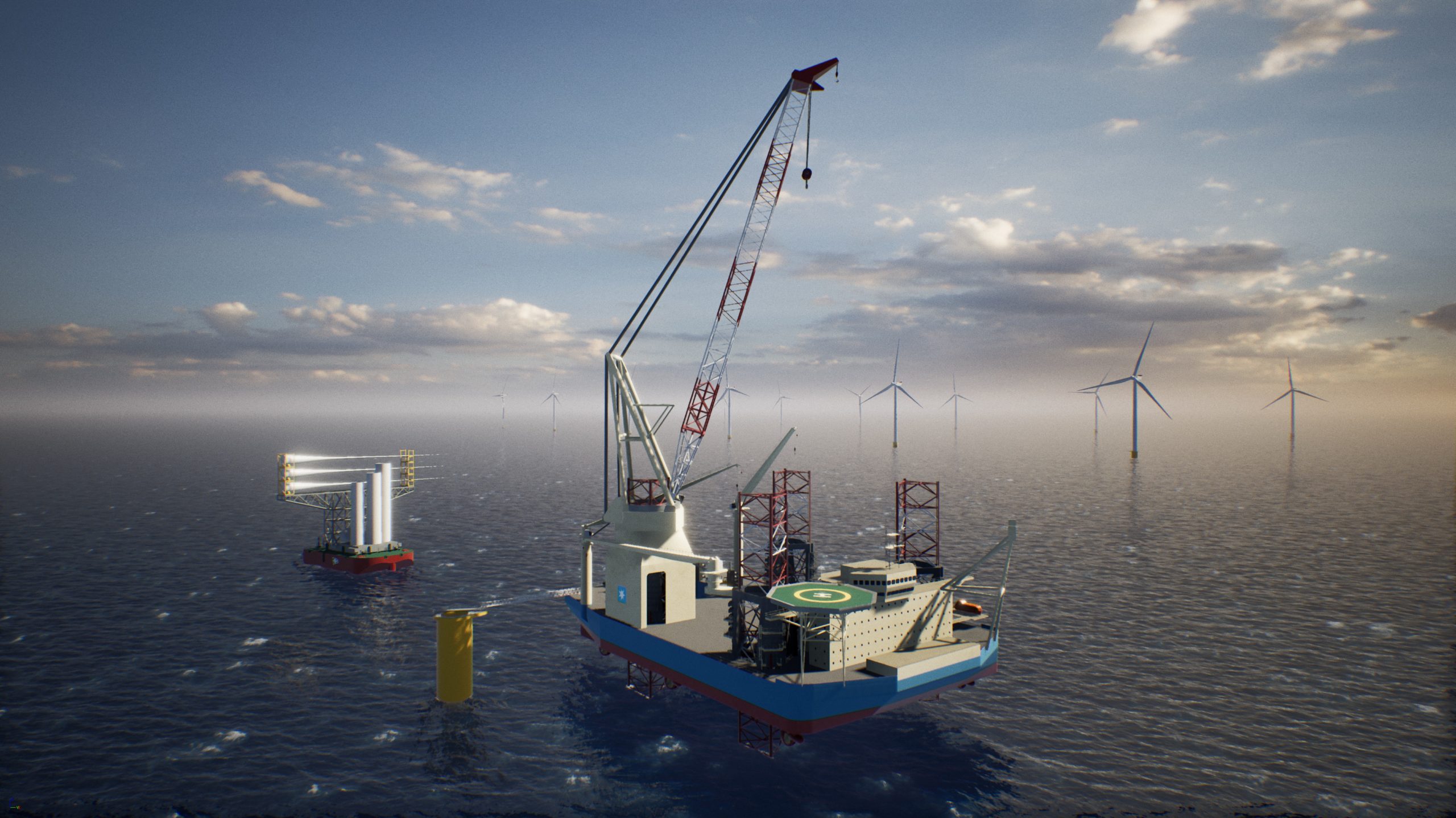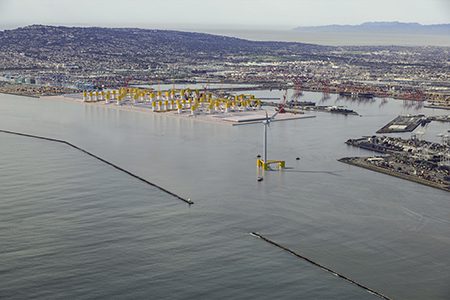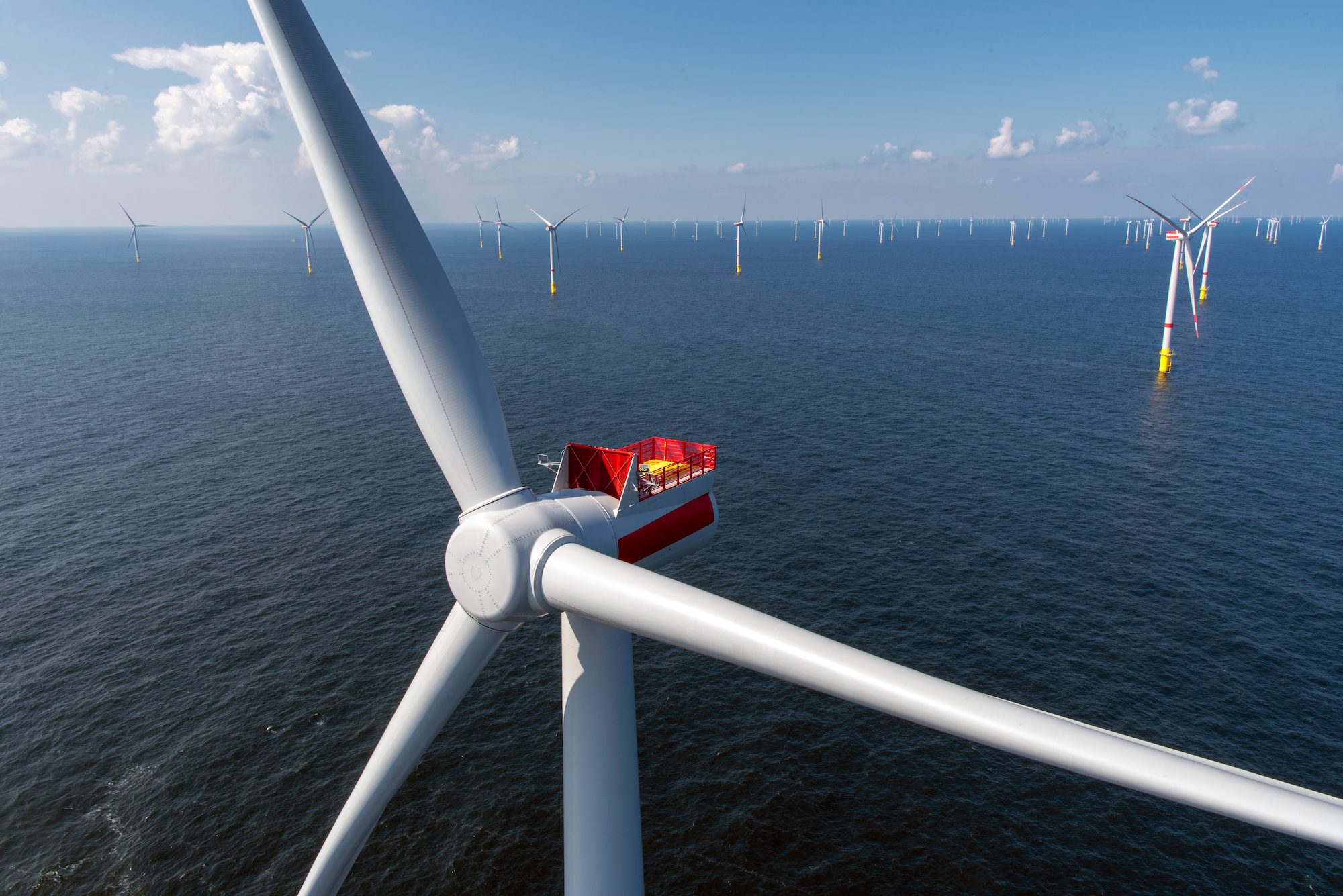Guyana and Suriname are poised to become significant players in the liquefied natural gas (LNG) industry, according to a recent report by Wood Mackenzie.
The report, titled “Can Guyana and Suriname LNG compete against new global supply?”, suggests that these South American nations could supply up to 12 million metric tonnes per annum (mmtpa) of LNG by the early 2030s.
The potential for this new LNG supply source comes at a critical time, as Wood Mackenzie estimates a global need for 105 mmtpa of pre-final investment decision (pre-FID) LNG to meet supply and demand gaps by 2035. The Guyana-Suriname basin, particularly Guyana’s Haimara cluster and Suriname’s Block 52 (Sloanea), is estimated to hold 13 trillion cubic feet (tcf) of discovered non-associated gas.
“Guyana and Suriname projects are firming up at an interesting time. US and Qatar LNG dominance is rapidly growing, but there is a supply window in the mid-2030s coming in part from the US President Biden’s pause on approving new US LNG export projects,” said Amanda Bandeira, research analyst for Latin America Upstream Oil and Gas at Wood Mackenzie.
The economic viability of these projects is promising, with potential LNG supply at a breakeven of about US$6/mmbtu (FOB NPV10 breakeven), excluding shipping and regasification costs. This competitiveness is attributed to high well productivity and the involvement of upstream partners experienced in LNG commercialization.
Moreover, Guyana and Suriname’s geographical location offers unique advantages. “In this environment, Guyana and Suriname can offer a new cost-competitive LNG supply source and serve as regional suppliers, holding shipping costs advantage to address Caribbean and South American demand,” Bandeira added.
However, the path to LNG production is not without challenges. Luiz Hayum, principal analyst for Latin America Upstream, notes that while Suriname is expected to move forward swiftly with first gas projected for 2031, Guyana faces potential delays due to less advanced alignment on fiscal terms and commercial structure.
“In Suriname, there is still no set terms for non-associated gas developments, but we expect this project to move forward swiftly – with first gas in 2031 – as the government and project partners have agreed to a 10-year tax break,” said Hayum. “In Guyana, the government and upstream partners alignment on fiscal terms and commercial structure are less advanced, and any disputes could delay the project first gas beyond 2031.”

 Join The Club
Join The Club










